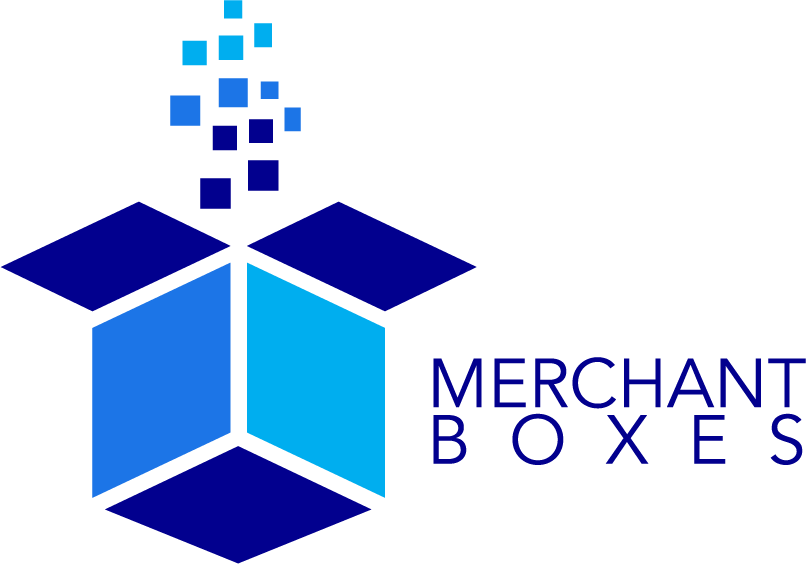The Clock is Ticking: How Bad Timing Can Ruin Your Packaging
In the world of product packaging, timing isn't just a factor—it's the backbone of a successful launch. Whether you're designing a new product, rolling out a seasonal campaign, or refreshing your branding, the right timing ensures everything falls into place smoothly. Poor timing, on the other hand, can lead to supply chain bottlenecks, increased costs, and lost sales opportunities.
So, how do you navigate the complexities of packaging timelines? Let’s break it down into key phases: design, procurement & production, and implementation.
1. Design: The Foundation of a Strong Timeline
The packaging journey starts with design, and this phase should never be rushed. A well-thought-out design process includes:
Market Research: Before jumping into design, brands need to research industry trends, customer preferences, and competitors' packaging choices. This helps in creating a packaging strategy that resonates with the target audience and stands out in the market. Analyzing consumer behavior can also provide insight into whether certain materials, colors, or packaging formats are preferred.
Material Selection: Selecting the right materials is not just about aesthetics—it impacts durability, sustainability, and cost. For example, if a brand aims to be eco-friendly, it must research biodegradable or recyclable materials early to ensure availability and compliance with regulations.
Prototyping: Creating prototypes allows businesses to test the structural integrity and functionality of the packaging. This step is crucial for ensuring that the packaging effectively protects the product, fits retail display requirements, and enhances the unboxing experience.
Compliance Checks: Different industries have varying regulations for packaging, such as food safety requirements or labeling laws. Brands must work closely with legal and compliance teams to make sure their packaging meets industry standards, avoiding costly redesigns later.
Timing Tip:
Start your design process at least 6-12 months before your target launch, especially if you require extensive testing, custom materials, or regulatory approvals.
2. Procurement & Production: From Sourcing to Manufacturing
Once your design is finalized, sourcing materials and producing the packaging must be carefully managed to avoid costly delays.
Supplier Lead Times & Material Availability: Some materials may take weeks or even months to arrive, particularly if they are custom-ordered or sourced internationally. Unexpected shortages can drive up costs or delay production, making it critical to work with trusted suppliers and have backup options.
International Shipping Delays: If packaging materials are sourced from overseas, brands must consider potential customs delays, port congestion, and geopolitical factors that can impact delivery timelines. Ordering materials 3-6 months in advance can help prevent disruptions.
Order Volume & Production Speed: Large orders require more time, especially if the packaging includes intricate details like embossing, foiling, or specialty coatings. Custom packaging with unique features, such as die-cut windows, specialty inserts, or custom-molded shapes, often takes longer to produce than standard box designs.
Manufacturer Scheduling: Packaging manufacturers work with multiple clients, and peak production seasons (e.g., before the holidays) can create scheduling conflicts. Securing a production slot early ensures timely delivery. Getting clear production estimates and placing orders at least 2-4 months in advance, depending on complexity, is key to staying on track.
Timing Tip:
Monitor supply chains closely, plan for potential delays, and work with multiple manufacturers if necessary.
3. Implementation: Getting Packaging in Place on Time
The final step is ensuring your packaging arrives at fulfillment centers, warehouses, or retail locations when needed. This requires coordination with logistics providers, warehouse teams, and marketing teams.
Potential delays include:
Shipping Issues: Port congestion, customs delays, and unpredictable weather conditions can impact delivery timelines. Brands relying on overseas shipping should factor in buffer time to prevent last-minute disruptions.
Inventory Mishaps: Packaging errors, such as incorrect dimensions or misprinted labels, can lead to costly reorders and delays in product launches. Proper quality control during production and fulfillment can help mitigate these issues.
Last-Minute Changes: Adjusting packaging at the last minute—whether due to regulatory changes, branding updates, or consumer feedback—can push back an entire product launch. Having a well-planned approval process prevents unnecessary changes late in the timeline.
Timing Tip:
Plan for shipping delays by allowing at least 4-6 weeks for transportation. If possible, maintain a buffer stock of essential packaging materials to handle unexpected spikes in demand.
The Cost of Poor Timing: Why You Should Plan Ahead
Rushing through any of these steps can lead to serious consequences, such as:
Higher Costs: Expedited shipping and last-minute production changes can drive up expenses significantly, cutting into profit margins.
Lost Sales: A delayed launch means missed revenue opportunities, especially during high-demand seasons or promotional events.
Brand Damage: Poorly executed packaging or stock shortages can frustrate customers, leading to negative reviews and diminished brand loyalty.
How to Stay Ahead: Best Practices for Smart Packaging Timelines
Plan Seasonally: If your product has seasonal demand (e.g., holiday packaging), start planning at least 6-9 months in advance.
Work with Experienced Partners: Reliable packaging suppliers and logistics providers can help streamline the process.
Build a Buffer: Always add extra time to account for unexpected delays.
Monitor Supply Chains: Stay informed about material shortages and shipping disruptions.
Leverage Technology: Use inventory management and tracking tools to keep your timeline on track.
Final Thoughts
Packaging is more than just a protective layer—it’s a critical part of your product’s success. By prioritizing timing at every stage of the process, you can ensure a smooth launch, reduce costs, and create a seamless experience for your customers.
Want to stay ahead in your packaging strategy? Start planning today, and let timing be your competitive advantage!






